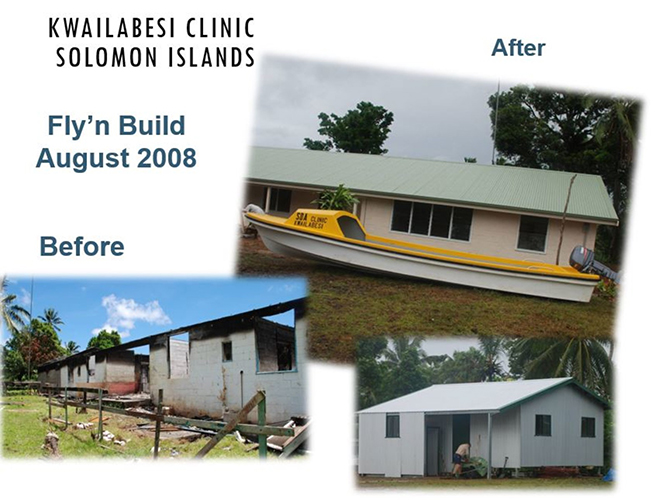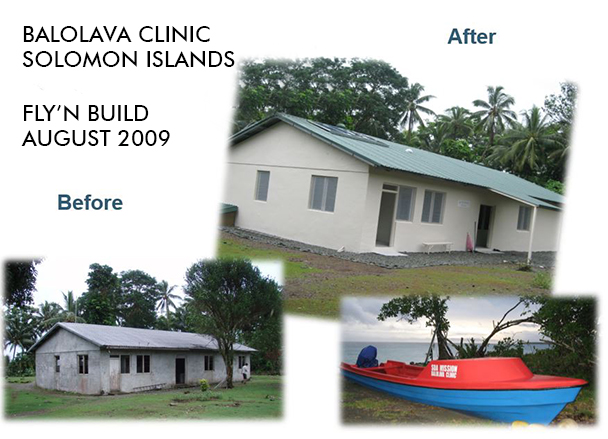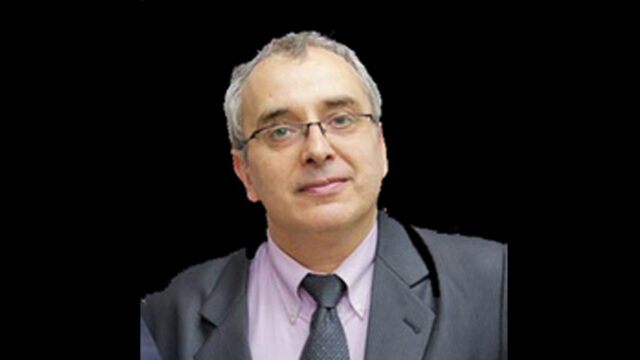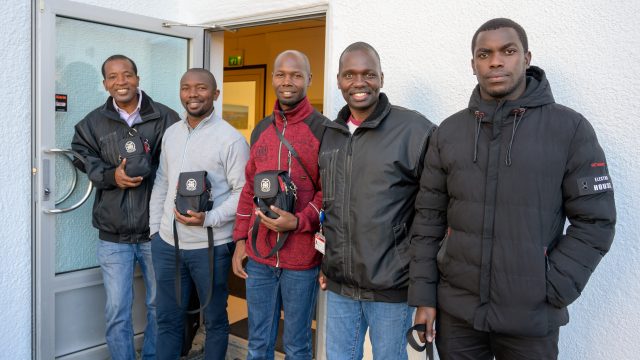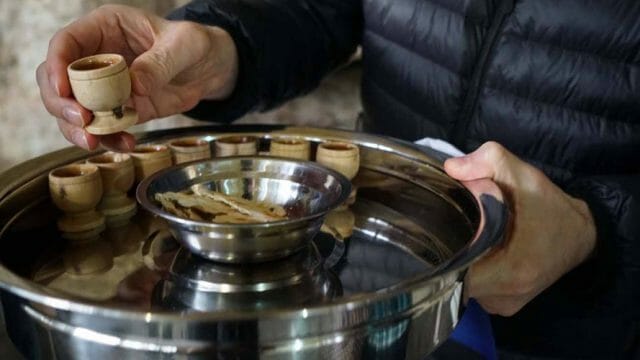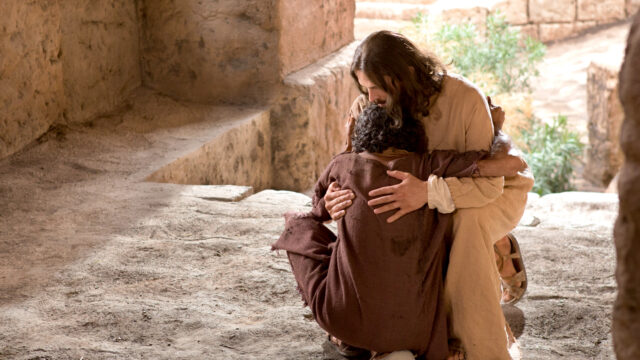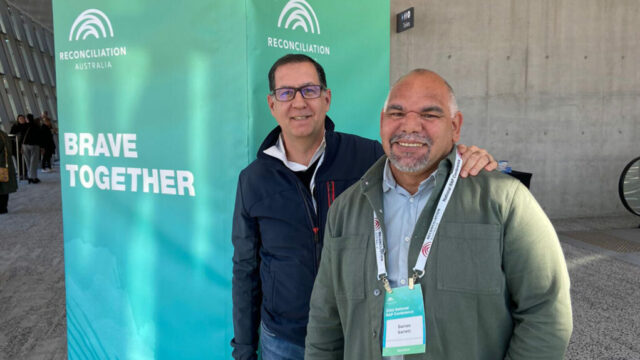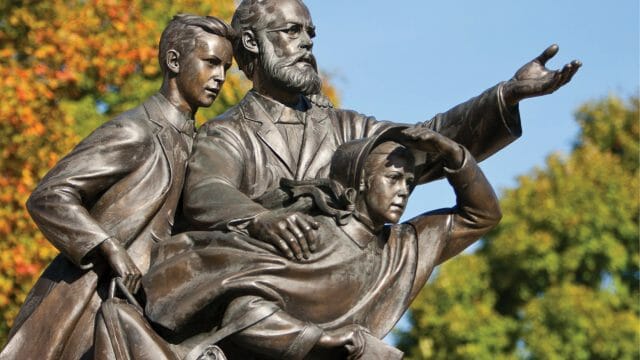Beacons of light in the South Pacific

The Encyclopedia of Seventh-day Adventists (ESDA) is now live and freely accessible at encyclopedia.adventist.org. Launched Wednesday, July 1, at the Seventh-day Adventist Church headquarters in Silver Spring, Maryland, United States, the project involves nearly 1,000 writers from all world church divisions and attached fields, and features more than 2,100 articles, photographs, and other historically significant documents. New articles will continue to be added to the encyclopedia. We invite you to visit encyclopedia.adventist.org for education and insight on the history and structure, culture, theology, and more of the Adventist Church around the world. The following story is based on a longer article from the encyclopedia.—Editors.
In faraway lands, one-time beacons of light and hope lay derelict. They had fallen into decay for lack of local mission funds or, in some cases, little comprehension of what a successful clinic involves. How could they be restored and once again draw people in need to the One who provides all healing?
Actually, all that was needed was awareness.
The Vision Is Born
Shane Baker, a missionary teacher in Papua New Guinea, noticed that many Seventh-day Adventist clinics were falling into disrepair. On his return to Australia in 2006, he sought targeted support for the clinics. The initiative inspired the South Pacific Division (SPD) Health Ministries Department to expand the Adopt-a-Clinic program.1
At the time, three mobile clinics and 32 regular clinics were functioning in Papua New Guinea, an additional 17 in the Solomon Islands, four in Vanuatu, and one in Kiribati. Soon, 61 churches actively supported the clinics. Some churches organized teams for Fly-n-Build projects.
Commitment and Success
Two years later, the project reported the progress among the clinics. Plans were progressing to rebuild all the clinics. The Aore clinic in Vanuatu and the Kukudu, Kwailebesi, Sulopo, and Sango clinics in the Solomon Islands were already renovated. Kapi in Papua New Guinea and Biluro in the Solomon Islands had new clinics. The Dovele clinic in the Solomon Islands and a new one at Port Resolution in Vanuatu were under construction. All clinics in Vanuatu and the Solomon Islands had received new medical instruments, linen, mattresses, beds, wheelchairs, and walking frames. Sydney Adventist Hospital and other hospitals around Australia donated much of the equipment. Government officials in the Western Pacific Region expressed their appreciation for the generous assistance.2
By 2011, the clinics at Aore, Port Resolution, Port Quimmi, Middle Bush, Paparama, and Fandue had been renovated. The famous floating clinic Pathfinder, which plied the Sepik River in Papua New Guinea, was adopted by two churches. After a tsunami destroyed the Dovele clinic in the Solomon Islands, the Erina church in New South Wales built another on safer ground. The foundations of the Batuna clinic in the Marovo Lagoon had rotted, so volunteers Glynn Lock and Rod Keeler led a team to construct a new building on elevated ground. The reports circulated with photographs about all the clinic improvements, which encouraged the churches and other participants involved.
By 2014, Australasian churches had adopted 42 clinics. Volunteer nurses from the Warrnambool and Wantirna churches in Victoria helped to upgrade the Balolava clinic in the Solomon Islands. In western New South Wales, a farmer donated the proceeds from the sale of cattle. His donation paid airfares for a team of Gunnedah church members to remodel the Madakacho clinic on Guadalcanal, Solomon Islands.
During 2017, the Adopt-a-Clinic program had a part in providing a new community health station at Tomba, a remote village in the Western Highlands of Papua New Guinea. The complex included a day ward, an outpatient treatment room, an emergency room, a maternity delivery room, a pharmacy, and three staff homes. That same year, the Port Macquarie church in New South Wales, already supporting some mission clinics in the Pacific, expanded their help by gathering clean, unwanted bed linen from local motels and hospitals and shipping them to many different clinics in the Pacific region. They also dispatched some linen to an orphanage in Zimbabwe.3
Typical of the Adopt-a-Clinic program are the activities of the Park Ridge church in Queensland at the clinic in Mount Diamond, Papua New Guinea. Park Ridge was one of the earliest groups to adopt a clinic. Every two years, a team of volunteers from their church makes the trip to maintain the facility in good working order. The latest report from the Health Ministries Department of the SPD lists 56 such clinics. Three receive government funding. Under the auspices of the Adopt-a-Clinic program, individuals, families, or church groups in Australia and New Zealand have adopted the remainder.
In the beginning, many were skeptical that our church clinics across the Pacific could all be raised to a higher standard. But despite the difficulties and logistical challenges, the Adopt-a-Clinic program has been an outstanding success. Decaying and dying clinic facilities and services have dramatically improved and continue to serve the sick in isolated and very needy locations.
1 Jonathan, Duffy, “Your Opportunity: Adopt a Clinic,” Record, Nov. 24, 2007, p. 9.
2 Chester Kuma, “Seven Clinics Complete Under Adopt-a-Clinic,” Record, May 9, 2009, pp. 1, 2.
3 Heather Knobbs, “Sheets for Clinics: Too Good to Waste,” Adventist Record, Dec. 2, 2017, p. 13.


